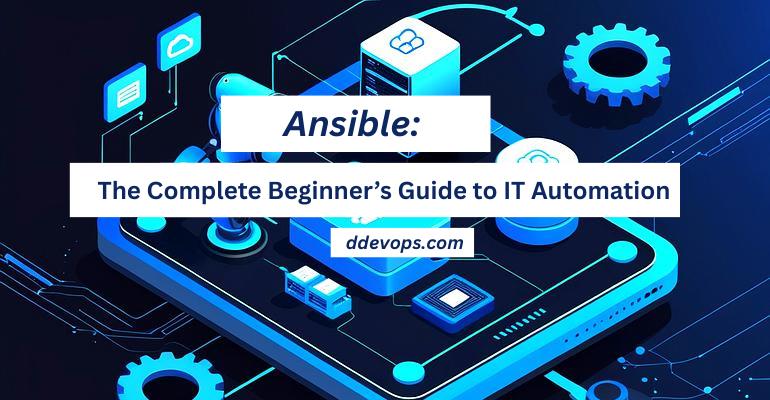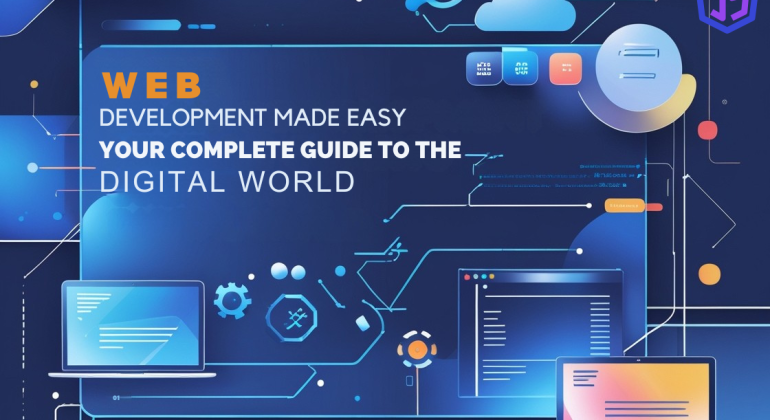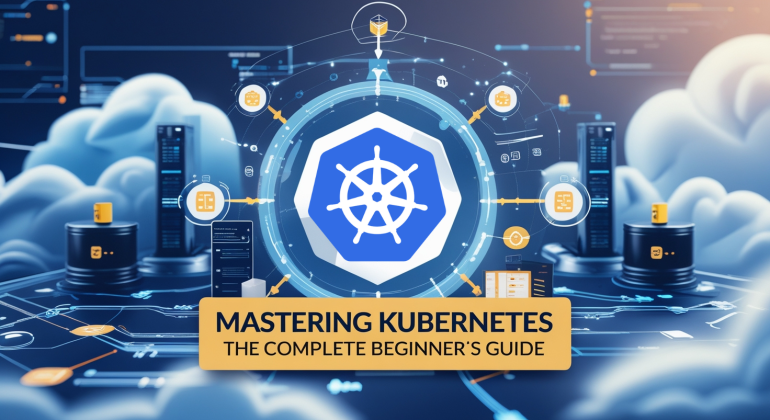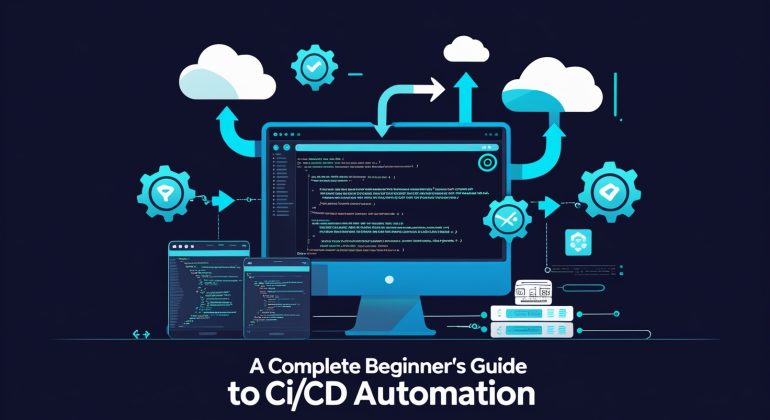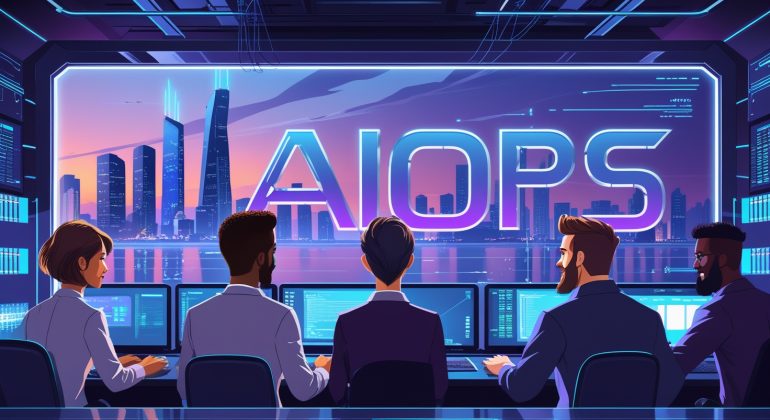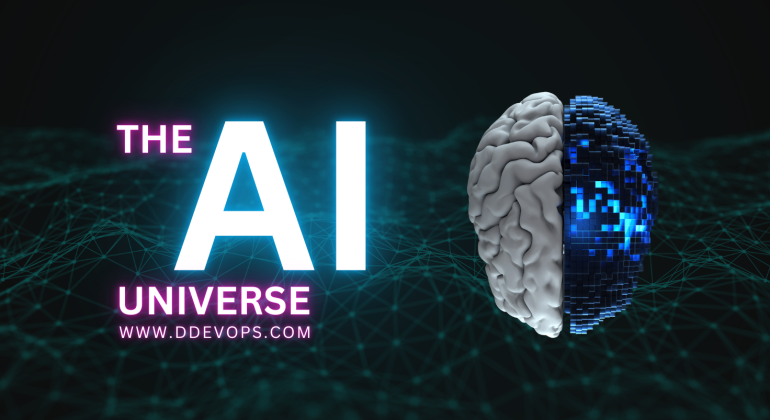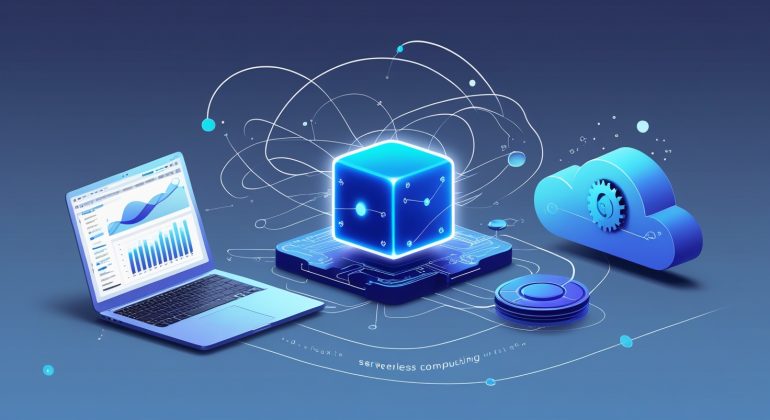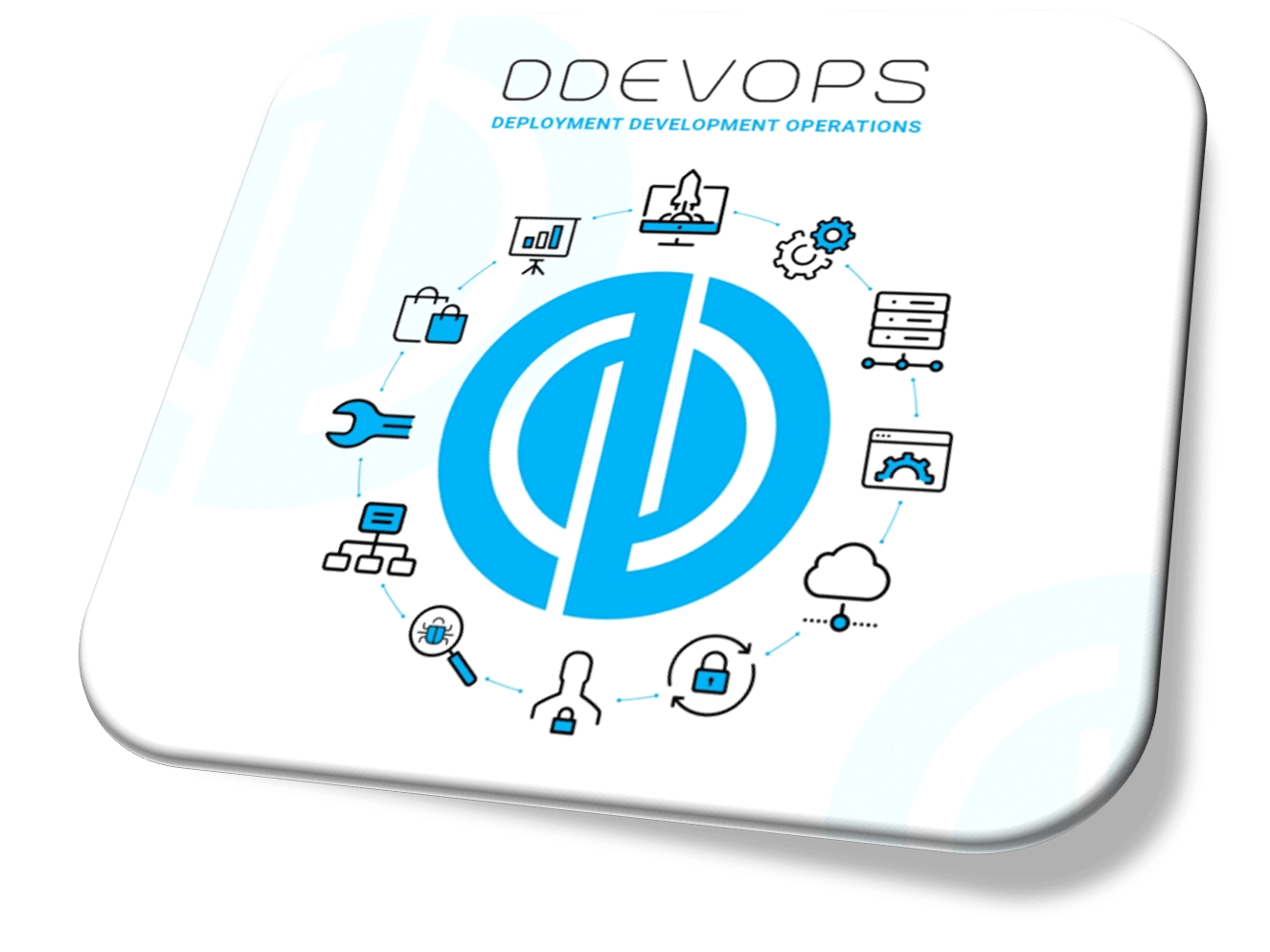Red Hat & Open Source: Powering Enterprise IT
RED HAT: How Red Hat Is Powering the Future ofEnterprise IT Through Open Source Table of Contents Why Red Hat Matters in Today’s Digital World In today’s digital world, businesses are under pressure to innovate rapidly while maintaining security, adaptability, and cost-effectiveness. At the center …
Ansible: The Complete Beginner’s Guide to IT Automation
Table of Contents Introduction to Ansible Ansible is an open-source automation tool used for managing, configuring, and deploying IT infrastructure.Its purpose is to automate repetitive tasks, save time, and reduce human errors.One of its biggest advantages — Ansible is agentless, meaning no extra software is …
Web Development Made Easy: Your Complete Guide to the Digital World
TABLE OF CONTENT INTRODUCTION In today’s digital-first world, web development isn’t just a unique skill — it’s a must-have forbusinesses, educators, and creators alike. But let’s be honest: for many, the world of webdevelopment can feel overwhelming. Front end, back end, databases, APIs, frameworks —where …
Mastering Kubernetes: The Complete Beginner’s Guide
Table of Contents What is Kubernetes? Kubernetes (often abbreviated as K8s) is an open-source container orchestration platform developed by Google. It automates the deployment, scaling, and management of containerized applications. Why Use Kubernetes? Core Components of Kubernetes In simple terms, Jenkins helps dev teams ship …
A Complete Beginner’s Guide to CI/CD Automation
Table of Contents Introduction In today’s fast-paced software world, automation is key. Whether you’re a solo developer or part of a large engineering team, manually building, testing, and deploying applications slows you down and increases the chance of errors. This is where Jenkins steps in …
The Future of IT Operations is Here: AIOps
Introduction In today’s fast-paced digital ecosystem, IT operations face unprecedented challenges. The increasing complexity of hybrid cloud environments, the sheer volume of data generated, and the demand for real-time service delivery have outgrown traditional IT management tools and practices. Enter AIOps (Artificial Intelligence for IT …
Cron Jobs Unleashed: Pro-Level Automation Strategies for DevOps
Table of Contents Introduction In the fast-moving world of DevOps, automation isn’t a luxury — it’s a necessity. From CI/CD pipelines to infrastructure monitoring, the ability to schedule and execute tasks with precision directly impacts operational efficiency. This is where cron jobs prove their value. …
Understanding llms.txt: The Future of AI Optimization
Table of Contents Introduction The internet is rapidly evolving from traditional web-based search to Al-driven conversational discovery. Large languages models {LLMs} like ChatGPT, Claude Gemini, and perplexity are now reading the web-not just to index it, but to understand and generate answers based on it. …
Exploring the Artificial Intelligence Universe: A Journey into the Future of Technology
INTRODUCTION: Artificial Intelligence (AI) has moved from being a futuristic idea to a practical tool that drives innovation and efficiency in many areas of life. AI helps businesses simplify tasks, make better decisions, and solve problems that seemed impossible before. By changing how industries work, …
Understanding Serverless Computing: The Future of Scalable Applications
Introduction: Serverless computing has revolutionized cloud technology, offering businesses and developers a more efficient approach to application deployment. This model eliminates the need for infrastructure management, allowing developers to focus exclusively on writing and deploying code. While the term “serverless” suggests no servers are involved, …


